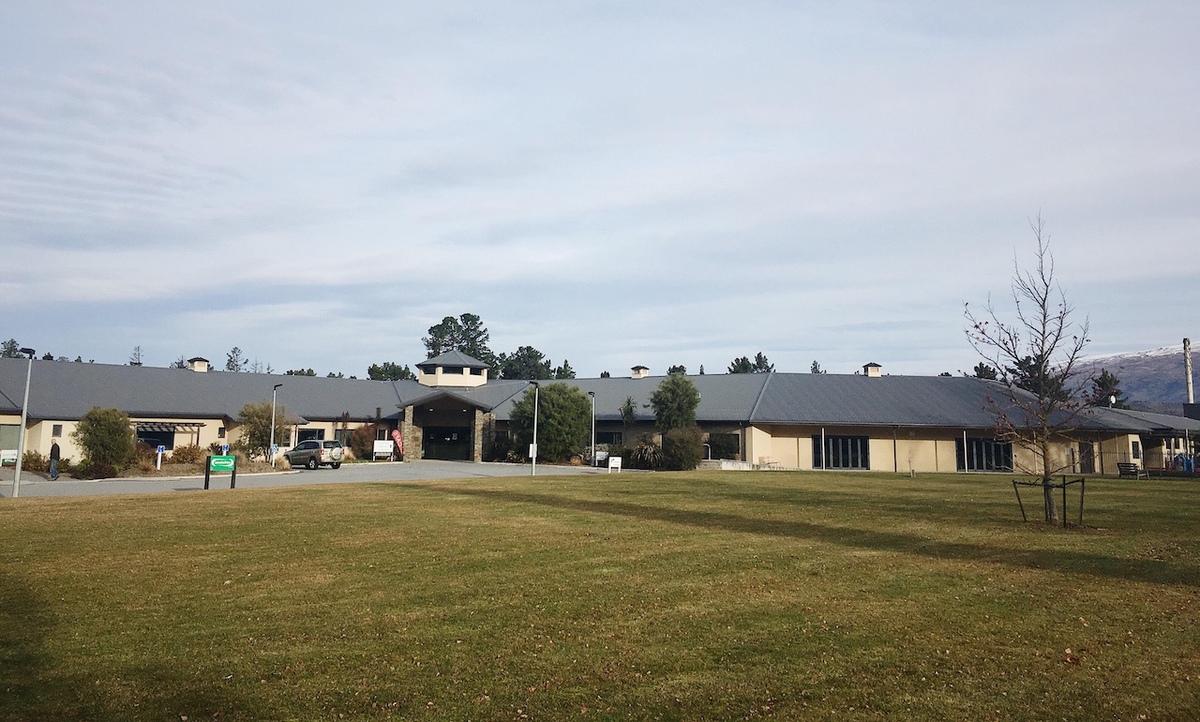Mayors continue advocating for better health services
Aimee Wilson
27 September 2024, 5:45 PM
 Dunstan Hospital has just 0.71 inpatient beds per 1000 people. PHOTO: File
Dunstan Hospital has just 0.71 inpatient beds per 1000 people. PHOTO: FileCentral Otago and Queenstown Lakes mayors are progressing a plan to maximise private money to improve health services across the regions.
Central Otago Mayor Tim Cadogan said in his monthly report to council this week, he was continuing to work alongside Queenstown Lakes Mayor Glyn Lewers and the three local MPs, with a specialist consultant on the issue.
“The need across Central Otago and Queenstown Lakes is palpable. Growth has far outstripped the already under-pressure hospitals we have locally.”
Health New Zealand figures show that Dunstan and Lakes District hospitals need an additional 29 beds between them to achieve parity with other similar rural hospitals.
Dunstan Hospital was 199 km from a tertiary hospital with specialist care, making it the second most isolated level three rural hospital in the country.
Currently, Queenstown Lakes and Central Otago’s combined resident-only population is 79,000.
Advocacy group Health Action Wānaka chair Monique Mayze said the communities were rapidly growing, and a lack of beds increased the risk of poor health outcomes for people.
“We have 0.71 inpatient beds per 1000 people in the Dunstan and Lakes District hospitals catchments, while 1.2 inpatient beds per 1000 people is the average at other level three rural hospitals across the country.
However, this was based on 2018 census data, so the disparity was actually much larger, she said.
“While the West Coast is the most isolated in terms of distance to a tertiary hospital, it has a higher bed ratio to compensate. Similarly, Kaikoura is quite isolated but also has a higher bed ratio, while some rural areas such as Bay of Islands and Hawera have lower bed ratios but are closer to large hospitals."
Monique said the Upper Clutha loses out on both counts with a lower bed ratio “and our significant distance from a large specialist hospital.”
She said the ambulance service was also under pressure which meant patients were often moved between hospitals and could be at risk of being discharged early to free up the beds.
“Lakes District Hospital is the publicly funded emergency department for our community, and with only 17 beds (12 general ward and five maternity), is unlikely to be able to meet demand of our community’s rapidly growing population along with the spikes in numbers due to visitors.
“Meanwhile, the team at Dunstan Hospital is also under pressure because their 24 funded beds are often full.
“We recognise that funding decisions need to be based on more than just population size and must be responsive to the particular needs of each community, however, we also believe this lack of funding reflects a larger trend of inequitable distribution of services to our region.”

NEWS
PROGRAMME
STALLS






